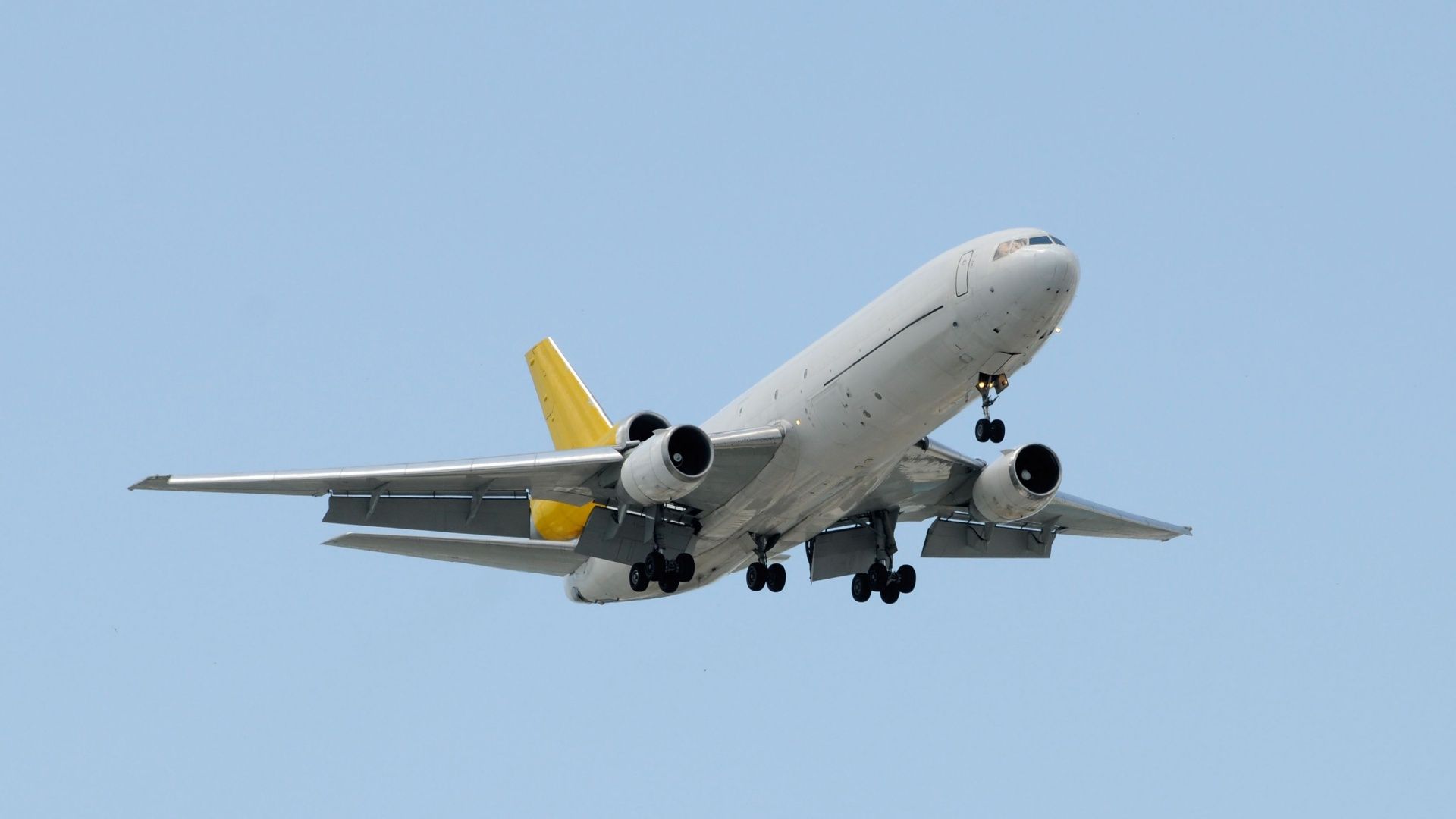The Federal Aviation Administration (FAA) has expanded its emergency airworthiness directive to include the Douglas DC-10 aircraft following the grounding of the McDonnell Douglas MD-11 freighter fleet. This decision comes in response to safety concerns related to engine pylon structures that could pose a significant risk of engine separation, similar to the incident involving UPS Airlines Flight 2976, which tragically resulted in the loss of three crew members and several lives on the ground in Louisville, Kentucky.
The FAA’s directive now mandates immediate inspections for all operational DC-10 aircraft, reflecting apprehensions that these older models share critical design characteristics with the MD-11. Grounding these planes could lead to major disruptions for operators still flying the aging tri-jets. While the limited number of DC-10s in operation reduces the overall risk, the implications for cargo carriers relying on these aircraft are significant.
Background of the Directive
The FAA’s actions are rooted in the investigation of the UPS Airlines Flight 2976 accident, where an engine and its pylon detached shortly after takeoff. As a precaution, Boeing advised all operators of the MD-11 freighter to suspend flights while further evaluations were conducted. The FAA, analyzing the data, identified similar structural vulnerabilities in the DC-10, leading to the issuance of a superseding emergency directive.
According to data from FlightRadar24, the FAA has concluded that both the MD-11 and DC-10 share enough design similarities that they are susceptible to the same structural risks. This directive prohibits flights of affected DC-10s until thorough inspections and necessary repairs are completed, ensuring that safety standards are upheld.
Operational Impact on DC-10 Carriers
For the few cargo carriers that still operate the DC-10, this expanded directive presents operational challenges. Aircraft will remain grounded until they pass inspections in accordance with FAA-approved procedures. Consequently, operators face immediate schedule disruptions and must reroute freight to other fleets, potentially incurring contractual penalties if capacity cannot be swiftly restored.
The maintenance process will require experienced engineers and specialized equipment, which may already be allocated to other tasks. This situation could lead to increased scrutiny from insurance providers and aircraft lessors. Some operators might consider accelerating their retirement plans for these older aircraft, preferring not to invest heavily in compliance for planes nearing the end of their economic viability.
In the short term, the directive is likely to constrain widebody freighter capacity and elevate operational costs. Over the long term, it could push many classic tri-jets out of frontline cargo service as companies adapt to the evolving regulatory landscape.
The FAA’s decision reflects a commitment to safety, addressing a potential “common cause” issue that could compromise flight operations. By grounding affected aircraft preemptively, regulators aim to mitigate risks while further investigations into the root causes of the MD-11 accident continue. The focus is on maintaining the integrity of air travel and preventing similar incidents from occurring in the future.







